Abdominal embedding thread for weight loss is a traditional Chinese medicine weight loss method that involves embedding absorbable protein threads into specific acupoints and stimulating them to achieve weight loss effects. Its safety varies from person to person, and the key lies in operating procedures, personal physique, and postoperative care. The following provides a detailed analysis from the aspects of safety, target audience, and precautions.
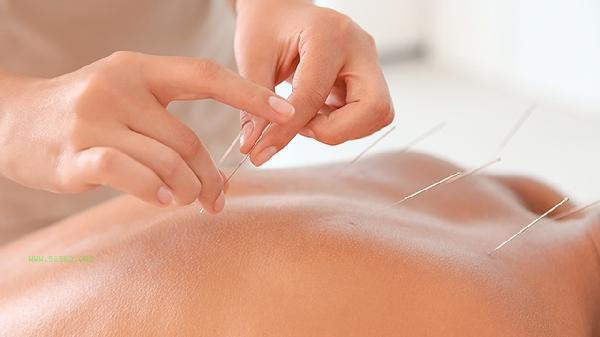
1. Principle and Safety of Abdominal Thread Embedding for Weight Loss
Thread embedding for weight loss is based on the theory of traditional Chinese medicine meridians. By continuously stimulating acupoints with protein threads, it regulates endocrine and promotes metabolism, thereby achieving the goal of weight loss. Protein threads are usually made of catgut or polymer materials, which can be absorbed by the human body without the need for removal. Operated by professional doctors in formal medical institutions, it has high safety. But if operated improperly, problems such as infection, thread rejection, or local hardening may occur. Choosing qualified hospitals and doctors is crucial.
2. Applicable Population and Contraindications
Thread embedding for weight loss is suitable for individuals with simple obesity and significant local fat accumulation, especially for those with poor dietary control and exercise effectiveness. However, the following groups of people should be cautious or avoided: pregnant women, lactating women, patients with severe heart disease, skin infections, patients with immune system diseases, etc. People who are allergic to protein should not try it either. A comprehensive physical examination is required before surgery to ensure that the physical condition is suitable for thread embedding.

3. Operating norms and postoperative care
The operation of thread embedding for weight loss must strictly follow the principle of sterility, and doctors will choose acupoints and thread embedding depth according to personal constitution. After surgery, it is important to pay attention to the following points: keep the buried area clean and dry, avoid vigorous exercise to prevent body displacement, reduce the intake of high-fat and high sugar foods in diet, and eat more foods rich in protein and fiber. If there are abnormal symptoms such as redness, swelling, pain, or fever, seek medical attention promptly.
4. Possible side effects and treatment methods
Although thread embedding for weight loss is relatively safe, side effects may still occur. Common problems include local swelling, bruising, and mild pain, which usually resolve on their own within a few days. If infection occurs, timely use of antibiotics for treatment is necessary. The rejection reaction of the suture is relatively rare, manifested as local hardening or persistent discomfort, and needs to be evaluated by a doctor to determine whether to remove the suture. Regular postoperative follow-up and timely handling of abnormal situations. Under the premise of standardized operation and scientific nursing, abdominal thread embedding for weight loss has high safety, but it is not suitable for everyone. Before making a choice, it is necessary to fully understand one's own condition and seek guidance from a professional doctor. Pay attention to adjusting diet and lifestyle after surgery in order to achieve the desired weight loss effect. If there is any discomfort, seek medical attention promptly to ensure health and safety.
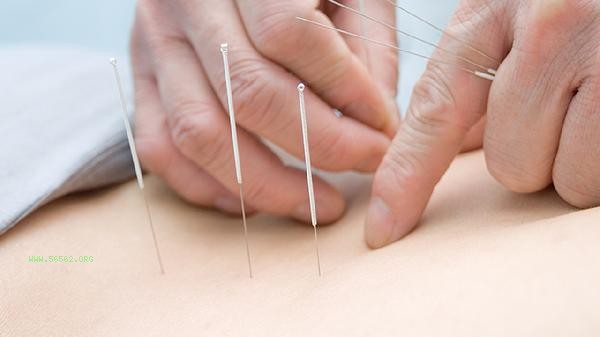

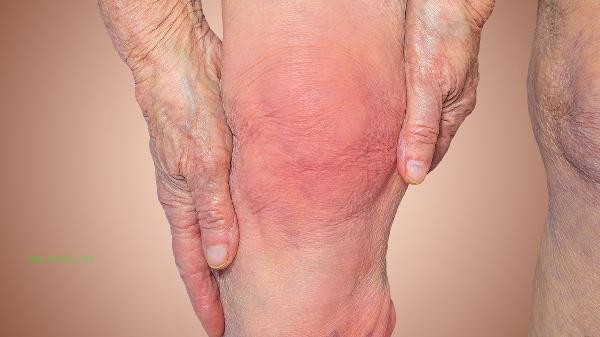
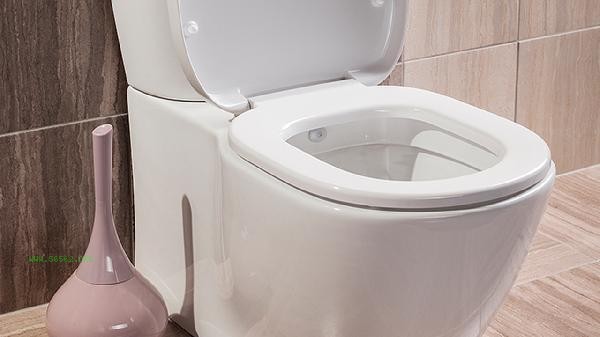
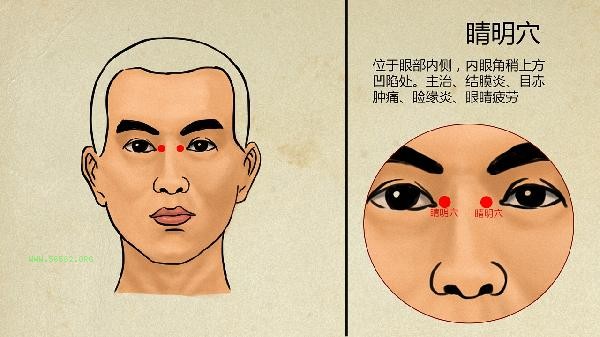

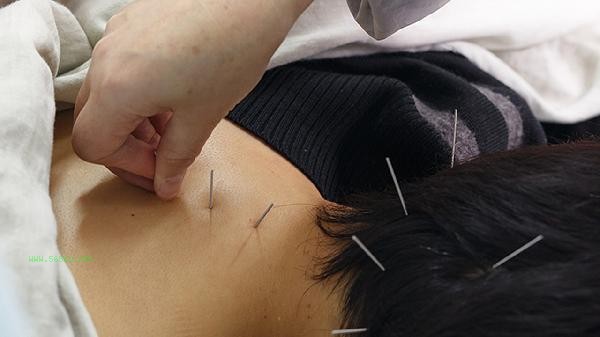


Comments (0)
Leave a Comment
No comments yet
Be the first to share your thoughts!